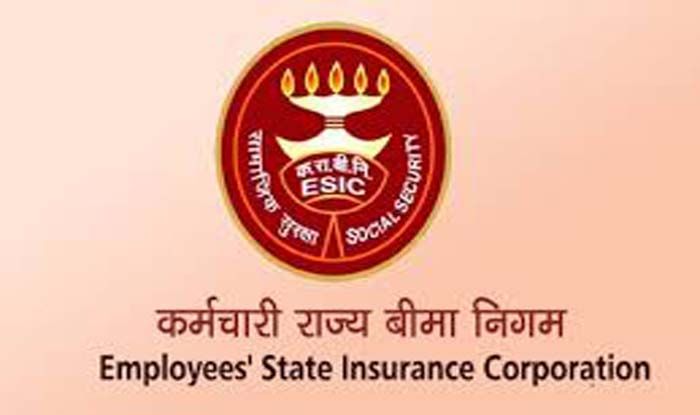New Delhi: In good news for Employees’ State Insurance Corporation (ESIC) beneficiaries, they can now avail health services directly in any nearby private hospital in case of emergency. Earlier, the insured persons and beneficiaries (family members) were required to go to an ESIC dispensary or hospital to obtain referral for hospitalisation in empanelled as well as non-empanelled private hospitals.
Here’s all you need to know:
1) “The pre-condition of getting referral for hospitalisation from the ESIC dispensary or hospital has been done away in emergency cases in the board meeting held on Monday,” S P Tiwari, general secretary, Trade Union Coordination Committee (TUCC), told PTI. Tiwari, who is also on the board of ESIC, said the decision was taken as emergencies like heart attack or cardiac arrest require immediate hospitalisation.
2) ESIC subscribers would be able to visit empanelled as well as non-empanelled private hospitals for emergency treatment.
3) The only difference is that treatment will be cash-less in the empanelled private hospitals. There would be reimbursement as per Central Government Health Services (CGHS) rates in non-empanelled private hospitals.
4) Subscribers are allowed to get health services in non-empanelled private hospitals in case there is no ESIC or empanelled private hospital within 10 km range.
5) Tiwari added it was also decided that ESIC would run its upcoming hospitals itself in order to maintain the quality of health services for its subscribers and beneficiaries and it would not hand over the facilities to states to run them.
6) ESIC has around 26 under-construction hospitals and 16 at the conceptual stage.
7) The states run 110 hospitals for which the ESIC pays service charges. They would continue services as per the existing arrangement.
8) Tiwari further said the board on Monday also approved a proposal to extend till June 30, 2021 the timeline for availing unemployment benefit under the Atal Bimit Vyakti Kalyan Yojana run by ESIC. The existing deadline was December 31, 2020.
(With agency inputs)
